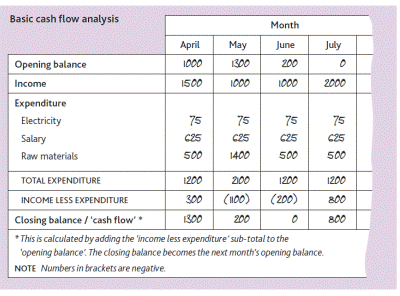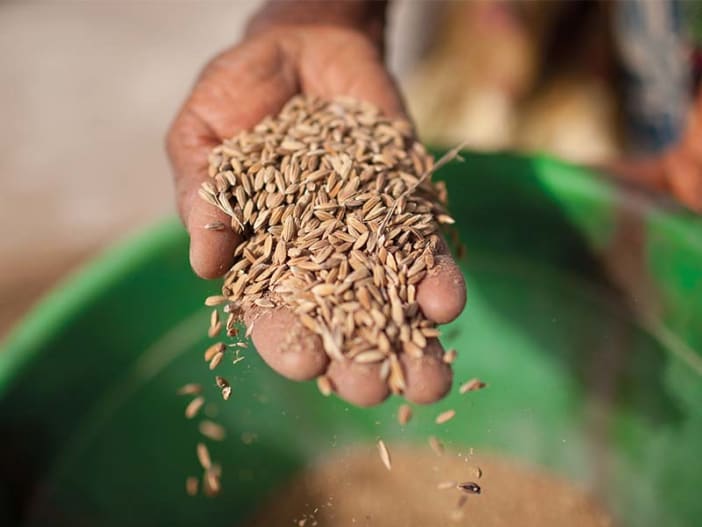START-UP COSTS
These are the costs of setting up the business before any product can be made and before any service can be delivered. They include costs, such as purchasing equipment and raw materials, and any additional money you need until you start getting money in from customers. This can be covered by your savings or a loan from your family, a friend, a micro-enterprise organisation or a bank. This will need repaying, including any interest due.
OPERATING COSTS
These are the monthly costs of running your business. It can also be called expenditure. Costs must be measured accurately and should include costs such as hiring a vehicle, wastage, replacing equipment and power charges.
INCOME
This is the money your business receives from its customers.
PROFIT
This is the money you have left when you have received all of your income and have paid all your operating costs and loan repayments. If it is a minus number (i.e. your costs are greater than your income) it is called a loss and is bad news for a business if it continues on a regular basis.
Profit can be increased in three ways.
- Changing the sale price. If the goods or service are of such high quality people may pay more, or you may sell more if you reduce the sale price.
- Reducing the operating costs. For example, by buying larger quantities of raw materials (also known as bulk buying) or reducing waste.
- Selling more at the same price. This could be through promoting your goods or service.
Basic cash flow analysis
A simple way of monitoring your finances is to set up a basic cash flow analysis table (see below).
Discussion questions
- What kind of costs can be easily ignored when working out the real cost of producing goods or providing a service?
- How can business money be kept separate from personal money?
- What should the profits be used for? Which uses should have priority and why?
- If someone already has a small business, how could a loan help them to improve their profits?











